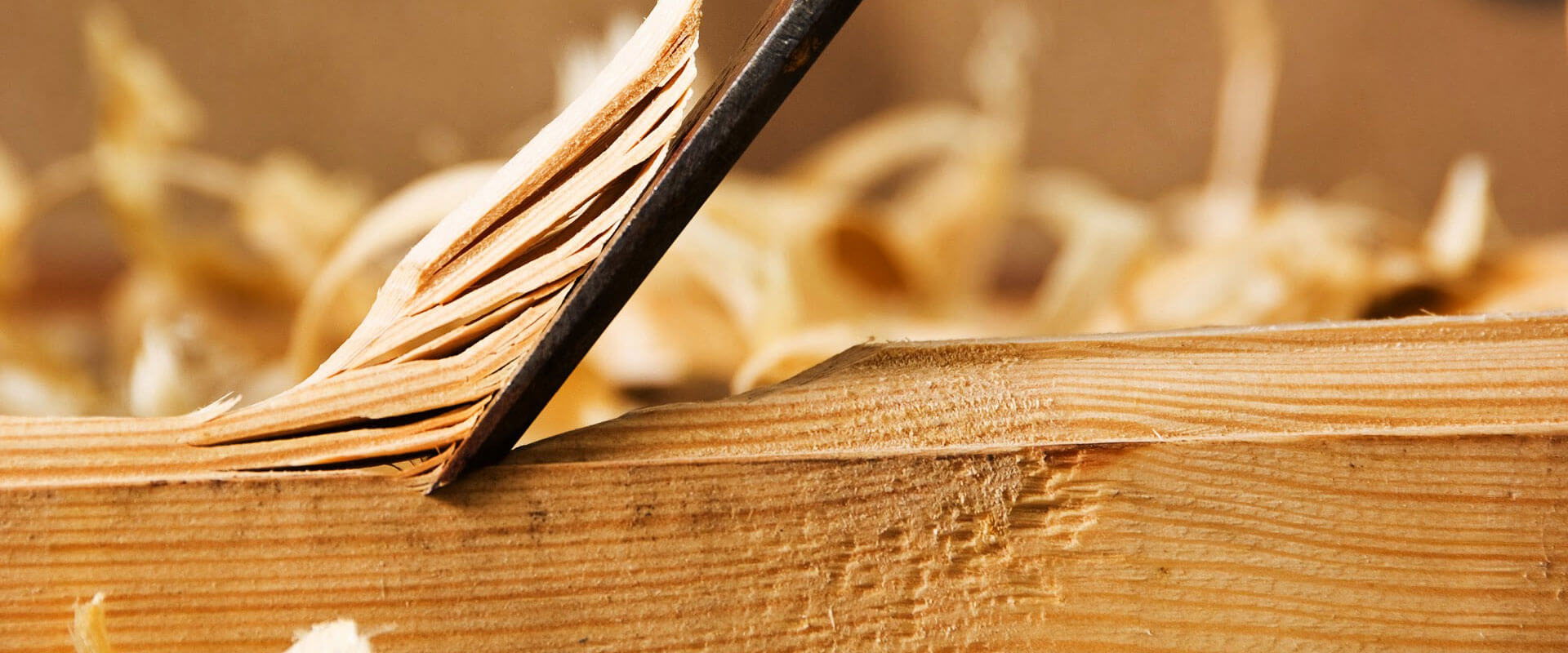Termites can be a nightmare for anyone using timber in construction. These tiny pests can cause significant damage to wooden structures, turning your carefully crafted timber framing into a serious problem. Understanding how termites operate and what attracts them is essential to protecting your building projects.
Being proactive about termite management means fewer headaches and lower costs. Whether building a new structure or maintaining an existing one, having a termite protection plan is key. By staying alert and informed, you can tackle termite risks effectively and keep your timber frameworks strong and stable.
Understanding Termite Risks in Timber Framing
Termites are a significant concern for timber structures, and understanding their risks is crucial for builders and homeowners alike. These pests feed on cellulose found in wood, which can severely weaken the structural integrity of any timber framing. Over time, termites can hollow out beams and posts, leading to costly repairs and even safety hazards if not detected early.
Identifying signs of termite infestation early can save a lot of trouble. Common indicators include hollow-sounding wood when tapped, mud tubes on exterior walls or wooden beams, and discarded wings from swarmers around windowsills or light fixtures. Another sign to watch out for is small piles of droppings, known as frass, which may resemble sawdust. Regular inspections can help catch these signs before they develop into extensive damage.
Australia is home to several termites, with the Coptotermes genus being among the most prevalent and destructive. These termites are known for their aggressive foraging and large colonies. Another common species is the Schedorhinotermes, which poses significant risks to wooden structures. Understanding these species and their behaviours can help you devise effective prevention strategies to keep your timber framing safe and sound.
Preventative Measures Against Termites
Taking steps to prevent termites from infesting timber requires a proactive approach. One of the most uncomplicated measures is choosing termite-resistant timber. Some hardwoods, like spotted gum and ironbark, are naturally resistant to termites and can provide extra protection for your framing projects. They are often more expensive than softwoods but offer longer-lasting security against pests.
Using chemical and physical barriers is another effective prevention strategy. Chemical treatments applied to the soil around a building can deter termites from entering. Physical barriers, such as metal mesh or granite chips, can be installed during construction to block termites’ access routes. These methods combined can provide multiple layers of protection.
Regular inspection and maintenance are vital components of termite prevention. Scheduling routine checks allows for the early detection of any termite activity. If you notice anything unusual during these inspections, acting quickly to prevent further damage is crucial. Maintenance tasks might include sealing cracks or replacing susceptible wood before termites settle in. Keeping your timber structures well-maintained ensures they remain strong and termite-free for years.
Addressing Termite Infestations
If termites have already entered your timber framing, acting quickly is important. Effective treatment options are available to eliminate these pests before they cause extensive damage. One common method is chemical treatments, such as termiticides, which can be applied directly to affected areas. This involves drilling and injecting chemicals into the timber and surrounding soil to target termites directly.
Working with professional pest control services ensures the infestation is handled effectively and safely. Experts have the tools and knowledge to assess the extent of termite damage and apply the right treatments. They can also provide valuable advice on maintaining termite-free conditions and preventing re-infestation in the future.
After eliminating the pests, repairing termite damage becomes the next priority. This may involve replacing weakened timber and reinforcing structures to restore their strength. It’s essential to address any compromised areas promptly to ensure the safety and integrity of the entire building. Professional carpenters are skilled at making these repairs while minimising disruptions and preserving the look and functionality of your structures.
Long-Term Protection and Maintenance
Implementing ongoing monitoring systems, such as bait stations, is key to sustained termite protection. These systems constantly monitor termite activity around your property, letting you catch new infestations early before significant damage occurs.
Reducing termite attractants around your home is another effective strategy. Here are some tips:
– Keep gutters and downpipes clear of debris.
– Ensure water drains away from the foundation.
– Store firewood and timber away from the main structure.
– Minimize mulch and plantings close to the building.
Incorporating termite management into the design of timber structures can provide lasting peace of mind. This might include using treated timbers for framing or installing barriers during the building phase. By designing with termites in mind, you’re building a robust line of defence that requires minimal updates over time.
Conclusion
Termite risks are a significant concern where timber framing is involved. However, you can keep your structures safe by understanding the risks and implementing preventative measures. Addressing any infestations promptly and maintaining long-term protection strategies ensures your timber remains strong and durable.
Consider consulting with professionals to secure and maintain your timber-framed structures. At Rifcon Building & Carpentry, we offer expert advice and timber framing services to safeguard your projects against termite threats. Contact us today for a consultation, and let us help you keep your timber safe and sound.


